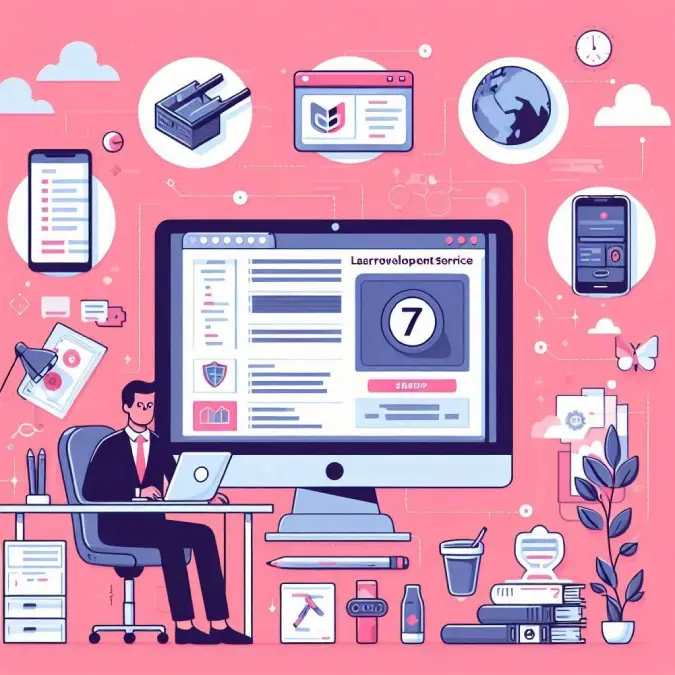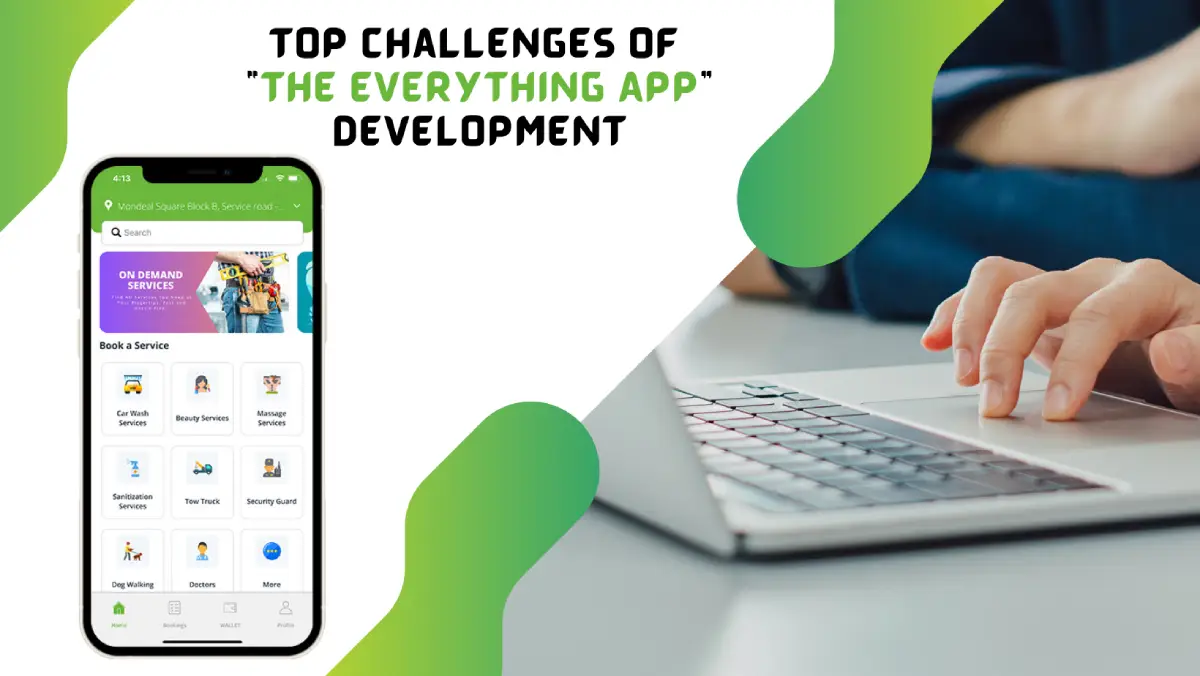What’s Needed to Scale up Healthcare Mobile App: Tips to Grow mhealth App Revenue
Healthcare is moving towards digital revolutions through digital transformation.
And healthcare apps are one of the key transformers in the entire revolution. From booking appointments to purchasing pharmacy everything is transformed online.
By utilizing digital health platforms within a few taps patients can book their appointments and get consultations from doctors.
In addition, patients can download the e-prescription given by doctors and purchase a pharmacy that delivers to their doorstep.
As a result, today there are more than 86 million users who are using health or fitness apps.
Furthermore, 90% of physicians use a smart device in the workplace to access electronic health records and to connect with their medical team and patient.
While most of the apps are not user-friendly and secure as well. There are very few medical apps that are able to generate revenue, and most Health Tech companies lack in fulfilling the requirements of users.
So, we are going to talk about the important features that are to be included in the healthcare mobile app and how to generate revenue through the mhealth app.
Let’s get started…
Table of Contents
Important features of mobile healthcare app
The success of your mobile app depends upon the functionality you are providing. The leading players in the industry who cover major shares focus on the very important element of patient-centric features.
#1 Online consultation

Online consultation is the major feature to which patients are attracted to the app. Most patients look for online consultation apps in order to connect with healthcare professionals through video, and chats.
#2 Scheduling appointment
With the help of a good feature app, patients should be able to check the viability of appointments and schedule their booking accordingly. Meanwhile, doctors can approve or deny the consultation request.
#3 Attractive user interface
The user’s dashboard of patients should always be attractive. Content should be presented with high visual graphics.
Similarly, the dashboard will be always easy to operate for healthcare professionals. It should include all the basic details of patients and features like analytics.
#4 E-prescription and report
An app should provide a feature to healthcare professionals that they could share their prescriptions and report their current health condition.
Similarly, enable laboratories to imprint the report of medical tests conducted in the patient’s module itself by making it simpler for patients and doctors.
However, the prescription and report should be easy to share and download for healthcare professionals in medical office software.
#5 Cyber-security
Cyber attacks are one of the major concerns of healthcare professionals and patients. The critical data of patients need to be protected from cyber-attacks and also need to ensure that those data should not be used without the permission of patients.

As a result, it will build trust among the patients and doctors, eventually triggering them to utilize the app.
#6 Payment gateway
The medical app should also include all the necessary payment gateway, including credit and debit cards. In addition, after payment, the receipt and bill of payment should also be mailed to the patients.
For convenience, both the user and the must be able to view their payment history and invoice for future reference.
#7 Push notification
Provide your app to notify both users regarding their scheduled appointment and chat notification. Note that HIPAA does not permit the inclusion of patient data in the notification.
#8 Storage for all medical records
Your medical app should be enabled with electronic health record facilities, where patients can store all their necessary data in one place including blood test reports, ECGs, X-rays, prescriptions, and diet as well.
It will make it convenient for patients to store and share the data with doctors, and similarly for healthcare professionals to access the data when needed.
Healthcare and medical app revenue model
There are basically four to five revenue models which are optimized to generate the highest revenue. This includes a freemium model, content monetization, in-app advertising, sponsorship, and so on.
Let’s explore all of these aspects deeply…
Freemium model
This model is the most common model. In the medical app freemium business model means that the app is available for download and use for free, but certain advanced features or premium content is only available to users who pay a subscription fee.
This can include things like additional tools or features, personalized recommendations, or access to a more extensive database of information.
The goal of this model is to attract a large number of users to the app for free and then monetize a portion of those users who find the app valuable enough to upgrade to the paid version.
There are several advantages to using a freemium model for a medical app:
1. Increased user acquisition
2. Low barrier to entry
3. Monetization of engaged users
4. Low risk
5. Feedback
6. Differentiation
Content monetization
Content monetization for a medical app can take several forms, depending on the app’s features and audience. Ultimately, the most effective monetization strategy will depend on the app’s target audience and the value that the app provides to its users.
Registration and subscription
The app could offer a charged registration fee and subscription service that provides access to premium content or features, such as personalized health plans or consultations with medical professionals.
In-app advertisement
The app could display ads to users, with the revenue generated from the ads being used to monetize the app.
Sponsorship
The app could feature sponsored content or collaborations with pharmaceutical or healthcare companies, which would provide a source of income for the app’s creators
Final words
Although, a revenue model can be chosen depending on the goal and objective of building an app.
If the primary objective of the app provides a convenient service to the patient then advertising can be the best option, but if the objective is to generate revenue then freemium, content monetization could be the best choice.
Read more: 9 Significant Benefits of Shopify Development Services – Complete Guide







